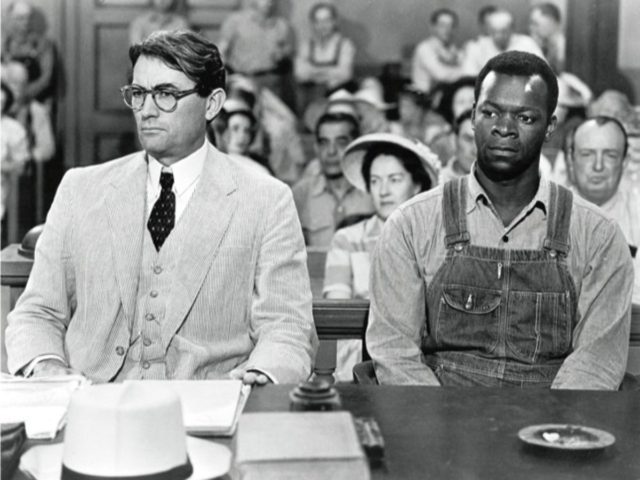Slice of life is boring?
Finding the marvelous in the mundane
Photo: Time Magazine (www.time.com)
This scene from the movie adaptation of Harper Lee’s To Kill a Mockingbird depicts Atticus Finch defending Tom Robinson. To Kill A Mockingbird has accurately depicted “slice of life.”
Slice of life refers to a variety of works of art and entertainment that focus on mundane, everyday events. By that description, many would immediately dismiss anything in that category as boring fluff, not worth their time. But as someone who greatly enjoys such stories, I am inclined to defend them from the varied attacks that come their way and show where the true value in such stories lies.
First of all, it should be noted that slice of life is typically a secondary genre term – that is to say, saying slice of life doesn’t tell you much about the story on it’s own. Typically slice of life comes with at least another term to clarify the tone, such as comedy or drama. A slice of life comedy would be more lighthearted, and a slice of life drama more emotional, but both are slice of life stories all the same. The themes are also something often missed out on when dismissing a show by it’s slice of life label. Many slice of life works are coming-of-age stories, following a character throughout their journey from childhood or adolescence to adulthood.
One huge example that many people miss is To Kill a Mockingbird. While the trial plot is central to the story and features many dramatic moments – and as such is what most people remember, the bulk of the story is made up of somewhat unconnected and “irrelevant” scenes, such as Scout fighting with one of her cousins or a rabid dog wandering the neighborhood. On the face of it, these events have very little relevance to what is usually considered the main story – unless you look at it from the perspective that the main story is actually about Scout growing up. In that case, the narrative is just what happens to Scout, the character is the plot.
And the same is true of many other works in the slice of life genre. In almost all cases, the appeal is in following the specific character or group of characters in their life. As another example, the anime series K-On! follows four (later five) girls in the music club at their high school, and the band they form. Over the course of the series – as in real life – the girls friendships naturally grow and evolve, the group dynamics shifting as they make their way towards graduation.
The series doesn’t follow a straightforward narrative arc, because real life doesn’t have a straightforward arc – it can be somewhat meandering and sometimes you take one step forward and two steps back, and sometimes you even progress so slowly that neither you nor the people around you will notice. But if you take a look back at where you’ve been, you start to notice how far you’ve come.
That – in essence – is the appeal of slice of life. It is not about the destination, it’s the journey. The slow baby steps the characters make as time marches on. It is experiencing this journey together as the characters experience it. From the grand, life-changing events, to the small, quiet moments.
And I think that’s marvelous.

William Whelchel is a 17-year-old senior at Ada High School and a second year staff writer for the Cougar Call. Whelchel watches Anime and plays video...














